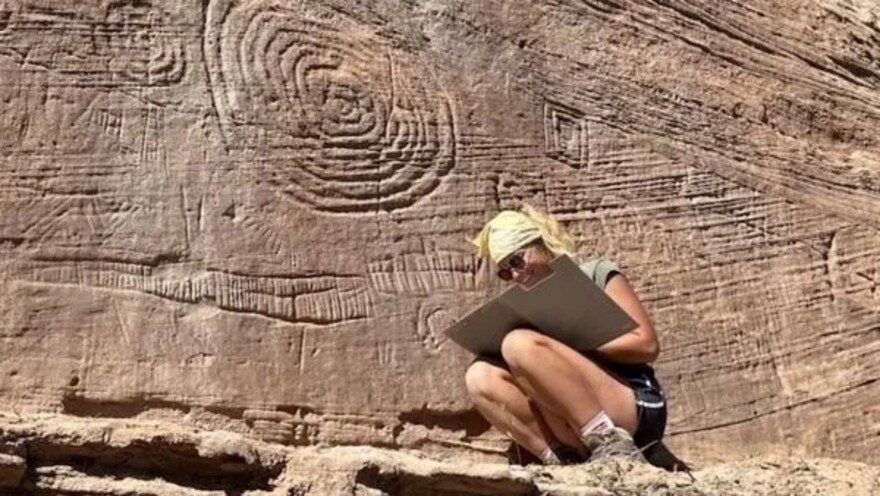Scientists studying the remains of the ancestral settlements of the Pueblo people in the western United States have found rock carvings that are still unknown. They believe that the ancient inhabitants of these places used them as a calendar, so they were well versed in astronomy.

Pueblo people
A group of archaeologists from the United States and Poland recently published their research on ancient settlements in the western United States. They made a discovery that indicated that the locals had their own calendar back in the 13th century, so they were well versed in astronomy.
Scientists have studied the ancient settlement of Castle Rock Pueblo, which is located on the Mesa Verde plateau on the border of the American states of Colorado and Utah. It belonged to the indigenous Pueblo people, or rather, to their ancestors, who lived here between 1250 and 1274.
Scientists know that these were quite advanced people engaged in agriculture, who created elaborately decorated ceramics and multi-story stone houses. But how familiar they were with the starry sky was still anyone’s guess.
Calendar on the rock
Creating a calendar that can be used for years without adjustments is a purely astronomical task. Only regular observations of when and at what point the sun and stars rise and set make it possible to determine exactly how many days a year lasts.
And the ancestors of modern Pueblo could cope with this task. Moreover, scientists found out about this by accident. These people were masters of stone construction on high ground. Scientists believed that they already knew all the available monuments, but local elderly people hinted to them that if you go higher, you can find something amazing.
Archaeologists did so and discovered an amazing pattern carved right into the rock. The petroglyphs contain spirals a meter wide that stretch for four kilometers. Scientists are convinced that the ancestors of the Pueblo used them precisely as a calendar because they clearly show all the “special” days of the year, including the summer and winter solstices.
According to www.space.com
Follow us on Twitter to get the most interesting space news in time
https://twitter.com/ust_magazine


